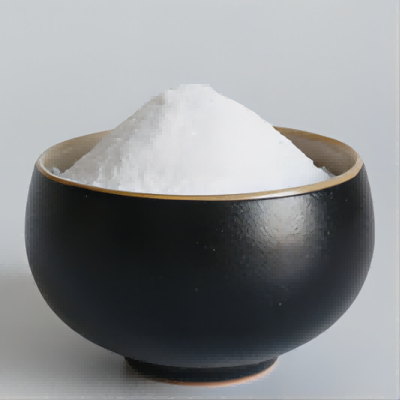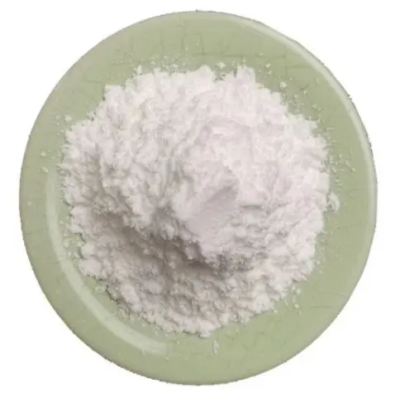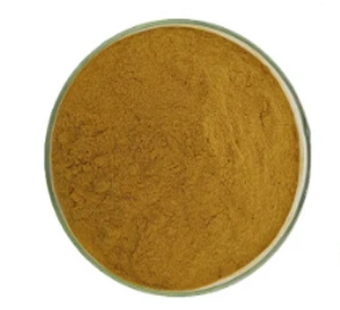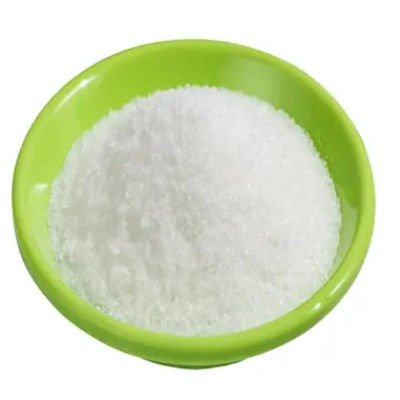Oxytocin CAS:24346-32-5
Oxytocin serves crucial roles in both physiological and behavioral functions, primarily known for its roles in labor induction and lactation. In childbirth, oxytocin is released in response to uterine stretching and nipple stimulation. It stimulates uterine contractions, aiding in the progression of labor and delivery of the baby. Additionally, oxytocin facilitates bonding between mother and infant during breastfeeding by promoting milk ejection from the mammary glands. Beyond its reproductive functions, oxytocin influences social behaviors and emotional responses. It is often referred to as the "love hormone" or "bonding hormone" due to its role in promoting social bonding, trust, and empathy. Oxytocin is released in response to positive social interactions, such as hugging, kissing, and intimate contact, contributing to feelings of closeness and connection between individuals. In clinical settings, synthetic oxytocin (Pitocin) is used to induce or augment labor when medically necessary. It can be administered intravenously to initiate uterine contractions in cases of delayed labor progress or to schedule labor induction for medical reasons. Oxytocin administration is carefully monitored to ensure effective uterine activity without compromising maternal or fetal well-being. Furthermore, oxytocin has therapeutic potential beyond obstetrics. Research suggests its involvement in reducing stress responses, anxiety, and promoting wound healing. Ongoing studies explore oxytocin's potential applications in treating conditions such as autism spectrum disorders, social anxiety disorder, and postpartum depression, although more research is needed to establish definitive clinical uses in these areas. In summary, oxytocin plays multifaceted roles in reproductive physiology, social bonding, and emotional regulation. Its applications in obstetrics include inducing labor and supporting breastfeeding. Beyond reproduction, oxytocin's influence on social behaviors underscores its therapeutic potential in enhancing emotional well-being and managing certain psychiatric conditions, highlighting its significance in both clinical medicine and human relationships.



| Composition | C43H65N11O13S2 |
| Assay | 99% |
| Appearance | white powder |
| CAS No. | 24346-32-5 |
| Packing | Small and bulk |
| Shelf Life | 2 years |
| Storage | Store in cool and dry area |
| Certification | ISO. |









